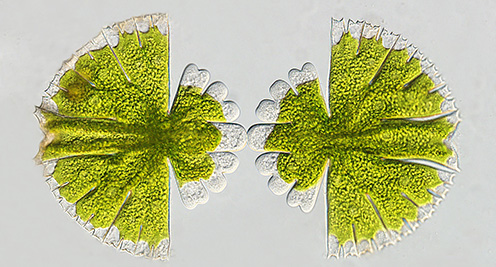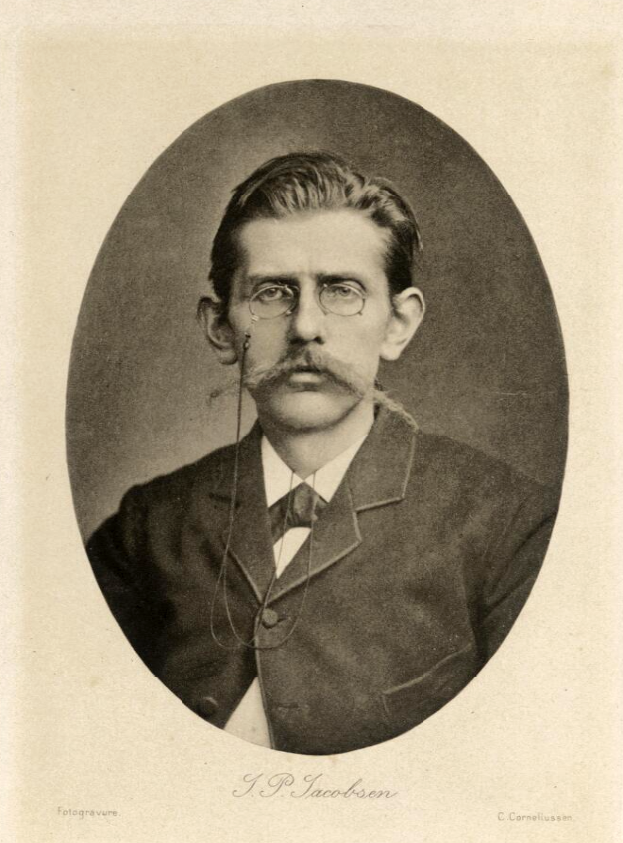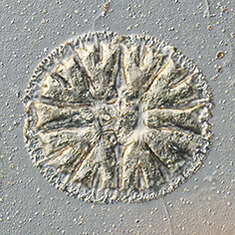
Danish desmids
The desmids is a large group of chlorophytes exclusively occurring in fresh water. Characteristically, flagella-bearing swimming cells are never formed and sexual reproduction occurs by fusion of two adjacent cells by a process called conjugation. Typically, desmids have a bilateral symmetry around a central constriction of the cell, and many species are beautifully shaped, attracting both professionals and amateurs. Most desmids prefer oligotrophic- acidic habitats like peatbogs or nutrient-poor fens.

J.P. Jacobsen
Desmids have been studied surprisingly little in Denmark. The most significant work is still the famous Danish writer and poet J. P. Jacobsen’s study on the diversity of Danish desmids more than 130 years ago (Jacobsen 1975/76), for which work he was awarded the University of Copenhagen gold medal. Two small publications on the desmid flora of the Danish island Bornholm were published after J. P. Jacobsen’s work by Nordstedt (1888) and Børgesen (1889), respectively. Nordstedt’s study was based on collections made by Richard T. Hoff, while Børgesen made his own collection but also used Hoff’s collections.
The Algal Herbarium of the Danish Natural History Museum holds both collections, which today comprise 510 microscope slides. Børgesen’s collection further comprises material collected on Iceland and the Danish island of Sealand, but the latter was never published.
Thanks to support from the 15. Juni Fonden both collections have now been digitized and searches in the collections are possible via the present homepage.

Lending
For lending of preparations
please contact curator Nina Lundholm nlundholm@snm.ku.dk

